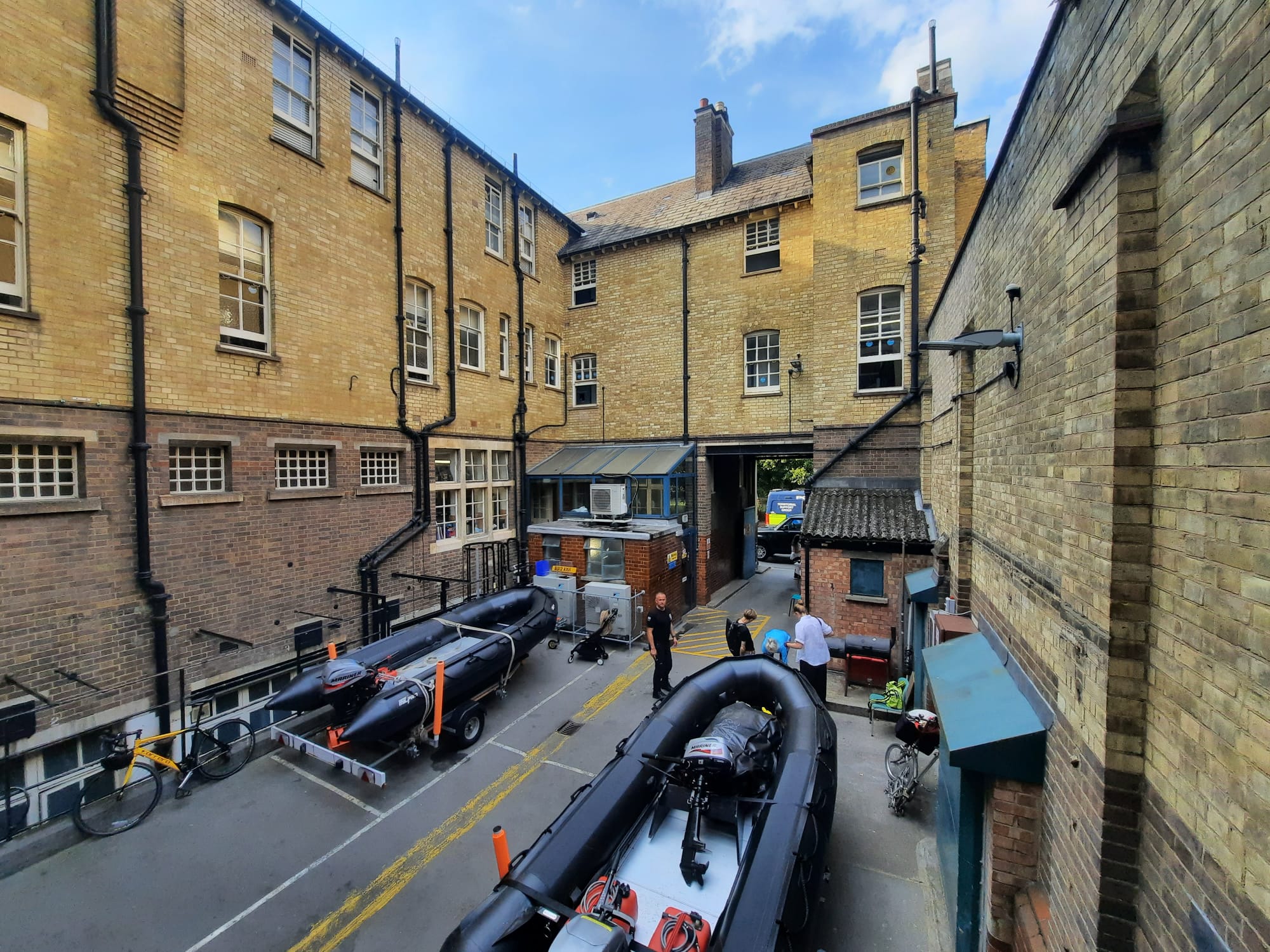Thames River Police Museum, London
The Thames River Police Museum is a delightful treasure trove of objects and documents relating to the oldest continually serving police force in the world.
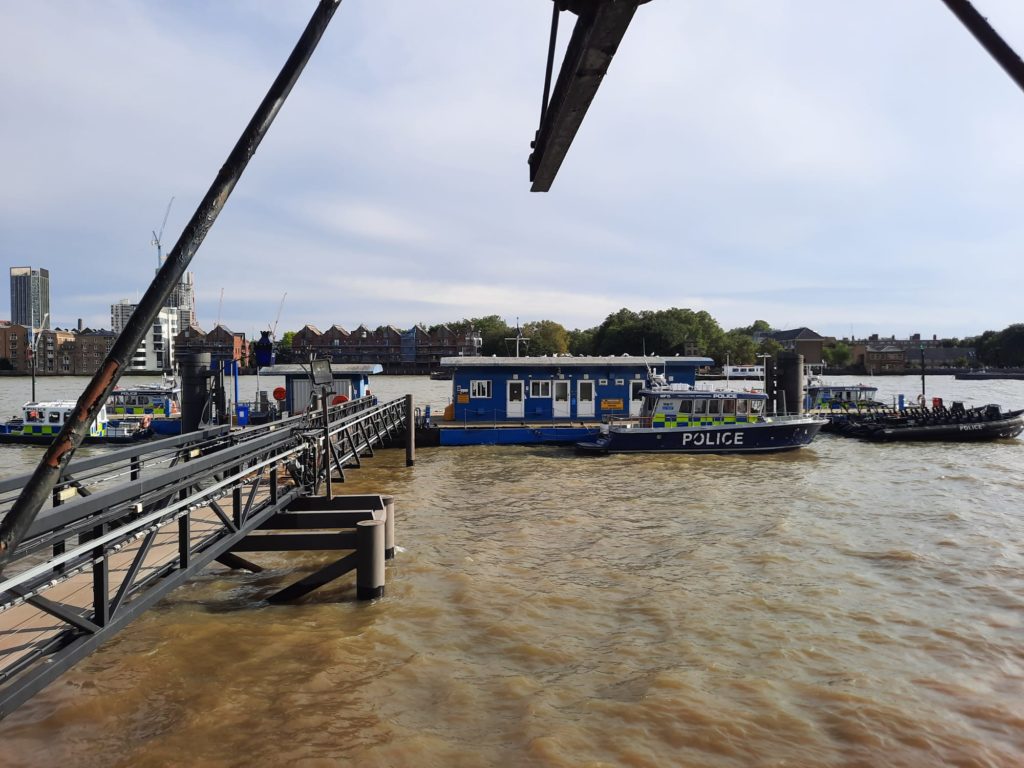
The Oldest Police Force?
I must apologise first of all to the good folks of the Thames River Police. When I wrote some time ago about the history of policing after visiting the Bow Street Police Museum, I omitted their very important story. Although the Bow Street Runners and the River Police are today both part of London’s Metropolitan Police Service, the aquatic version actually came first.
The Thames River Police trace their history all the way back to 1798. It was in this year that magistrate Patrick Colquhoun and justice of the peace John Harriott founded the Marine Police. The fact that it was part-funded by the West India Company reveals their primary early purpose: to protect commerce by reducing the huge amount of cargo stolen each year from the Pool of London. The Marine Police became the Thames River Police in 1800. They have been in their current site in Wapping for all that time.
Their early reception was mixed. The many dock workers who earned a nice side income by pilfering goods were not happy about being policed. They in fact tried to burn down the police office with the police inside. The river police were nonetheless successful in their aims of reducing revenue losses and crime. So successful that in their first few decades they expanded to sites in Waterloo and Blackwall as well as Wapping. In 1839 they merged with the Metropolitan Police as the Thames Division.
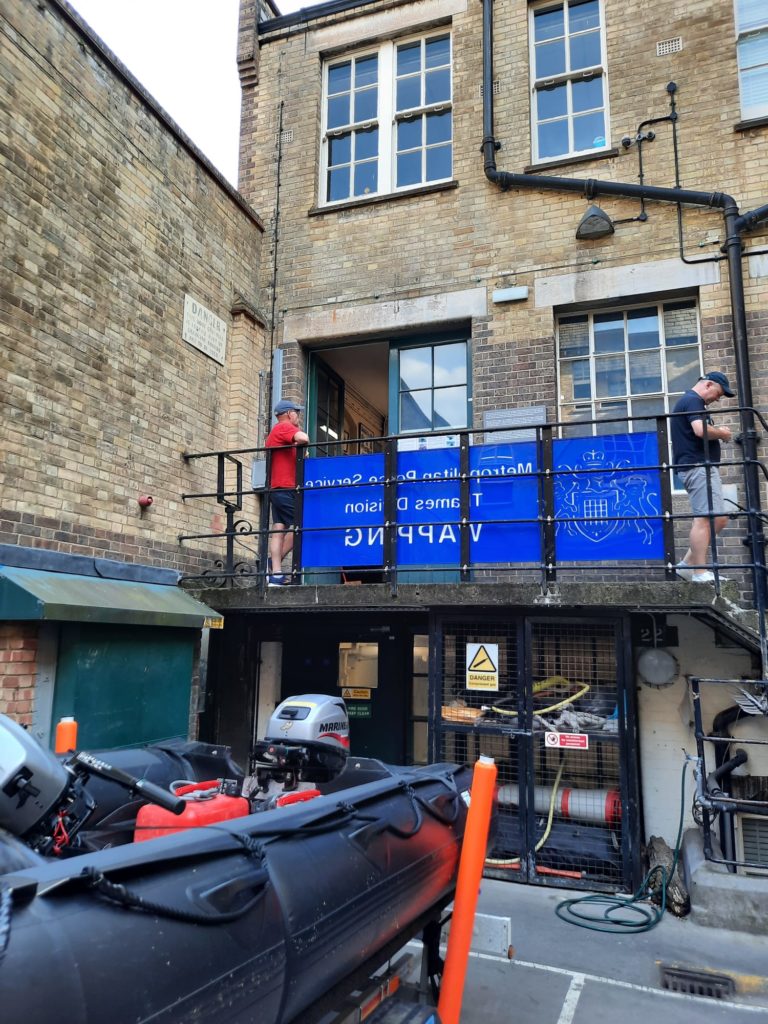



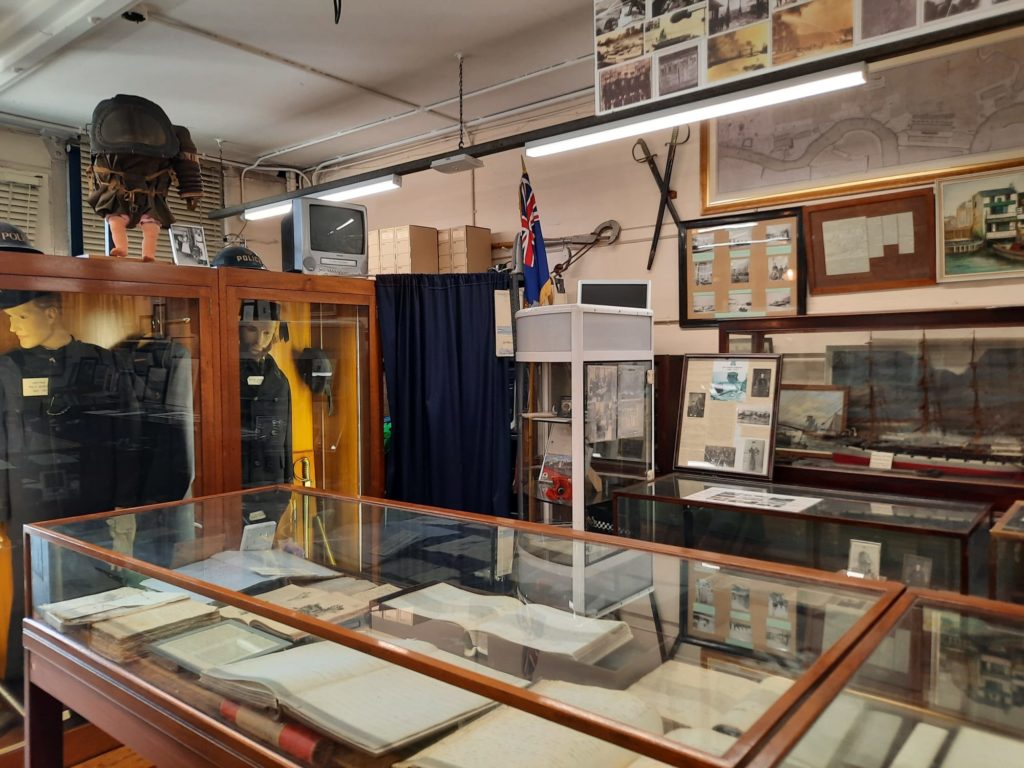

A Very Historic Site
So this site in Wapping is a very historic one indeed in the history of policing. Patrick Colquhoun’s pragmatic, preventative and scientific approach to crime fighting signalled many of the developments to come in Bow Street and elsewhere. And the long association with Wapping means the Thames Division have responded to many notable incidents from here.
Alongside their early loss prevention remit, the Thames Division (today the Marine Policing Unit) have long responded to things like boating disasters, search and rescue, and the recovery of dead bodies. Some of the most notable incidents have resulted in changes to how the river is policed. For example after the Princess Alice disaster the River Police changed from rowing galleys to faster steam-powered vessels. And it was after the Marchioness disaster in 1989 that a dedicated search and rescue service was established outside of the Marine Policing Unit. The unit had assisted in the rescue of 87 people that day.
But what of the site in Wapping? Well, as mentioned earlier, the Thames policing unit, under various names, has been here since around 1800. This was their only site until 1874, and is back to being their only one today. The present station dates to 1907. It has a pier for launching the various police boats, and is still surrounded mostly by warehouses even if those warehouse have been converted into apartments these days. It is still very much an active police station, meaning the museum, in a former carpenter’s workshop, is not permanently open. Would-be visitors must look out for specific Open Days, often linked to things like local Wapping fairs or Open House.
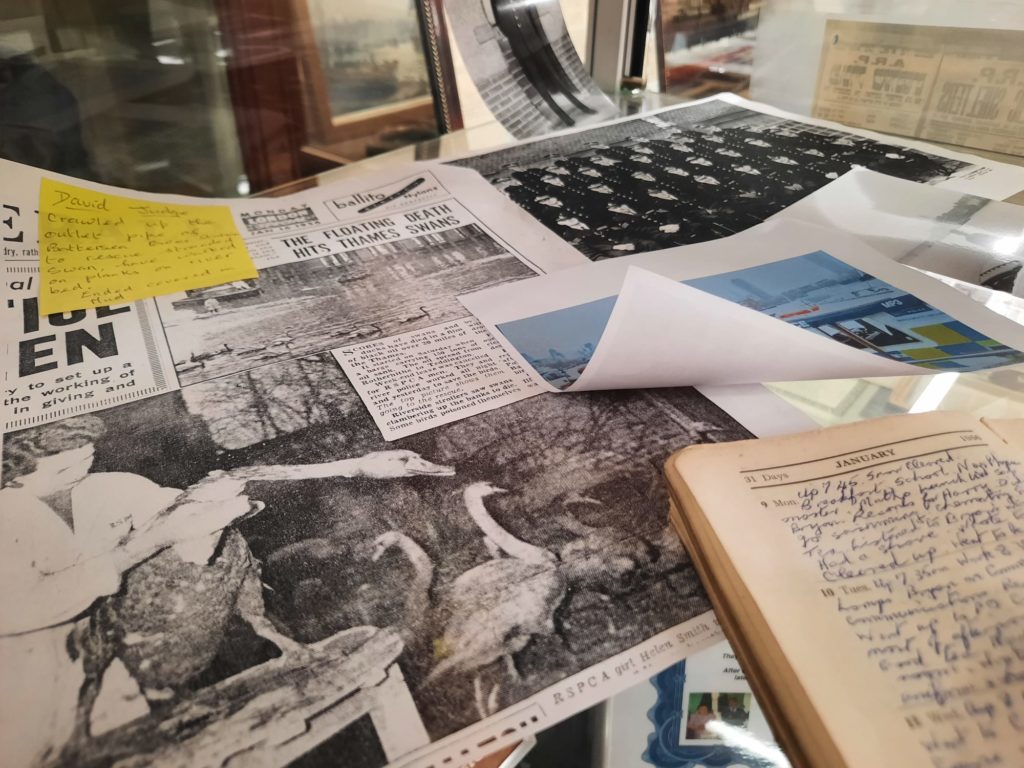
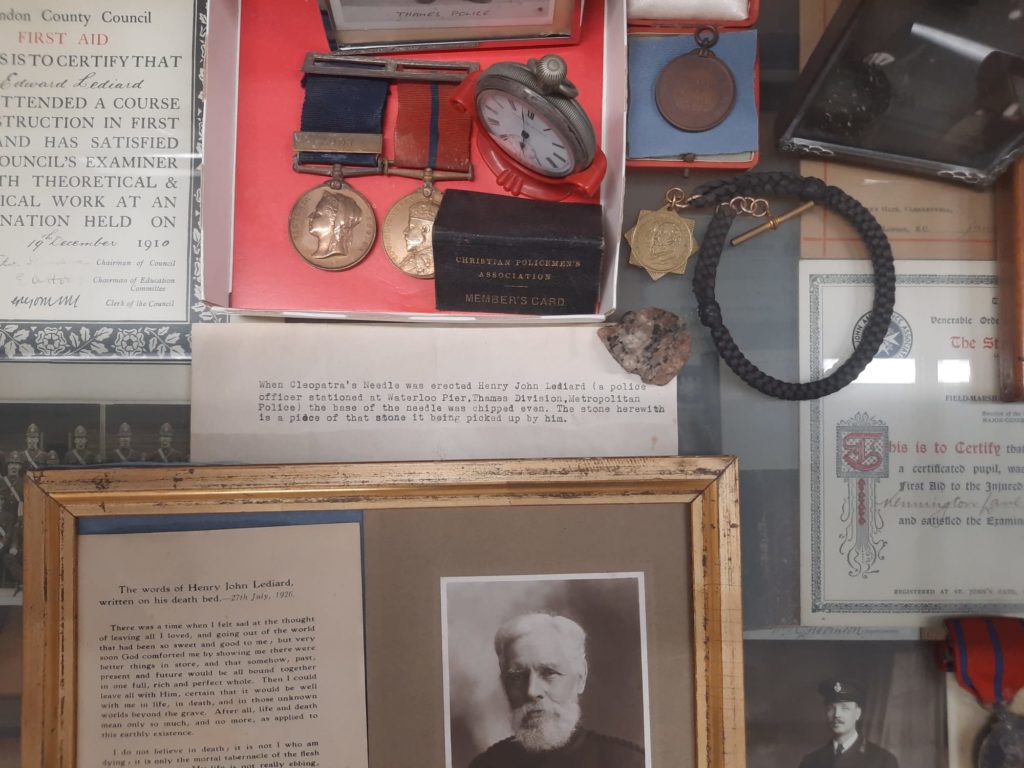
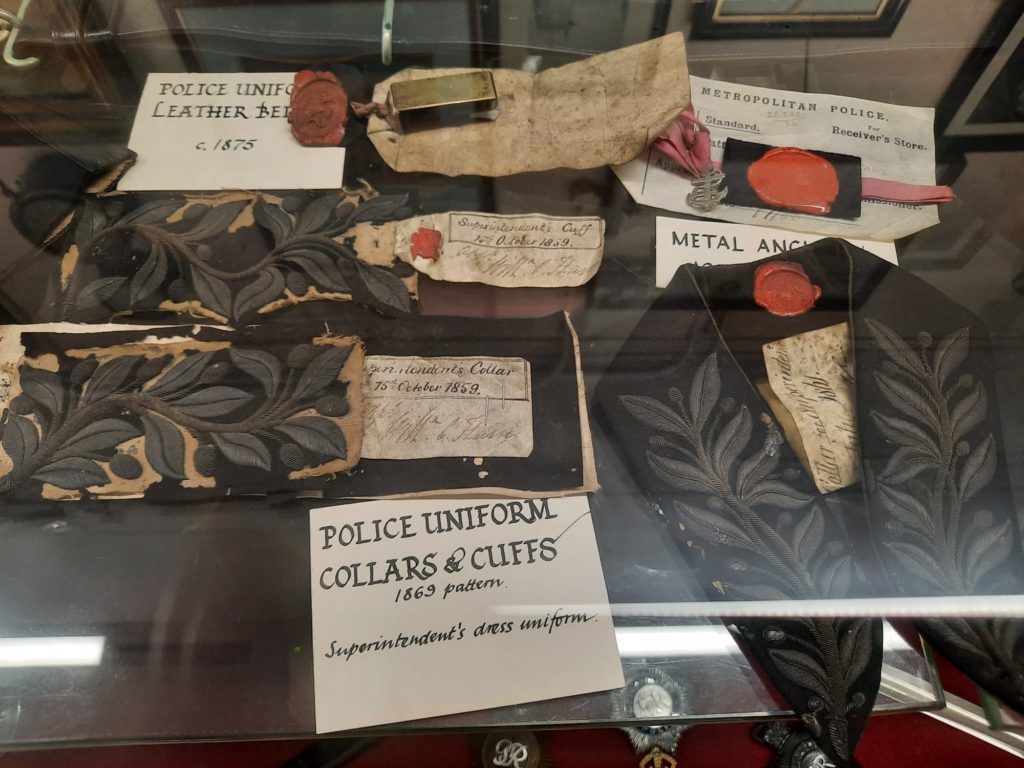

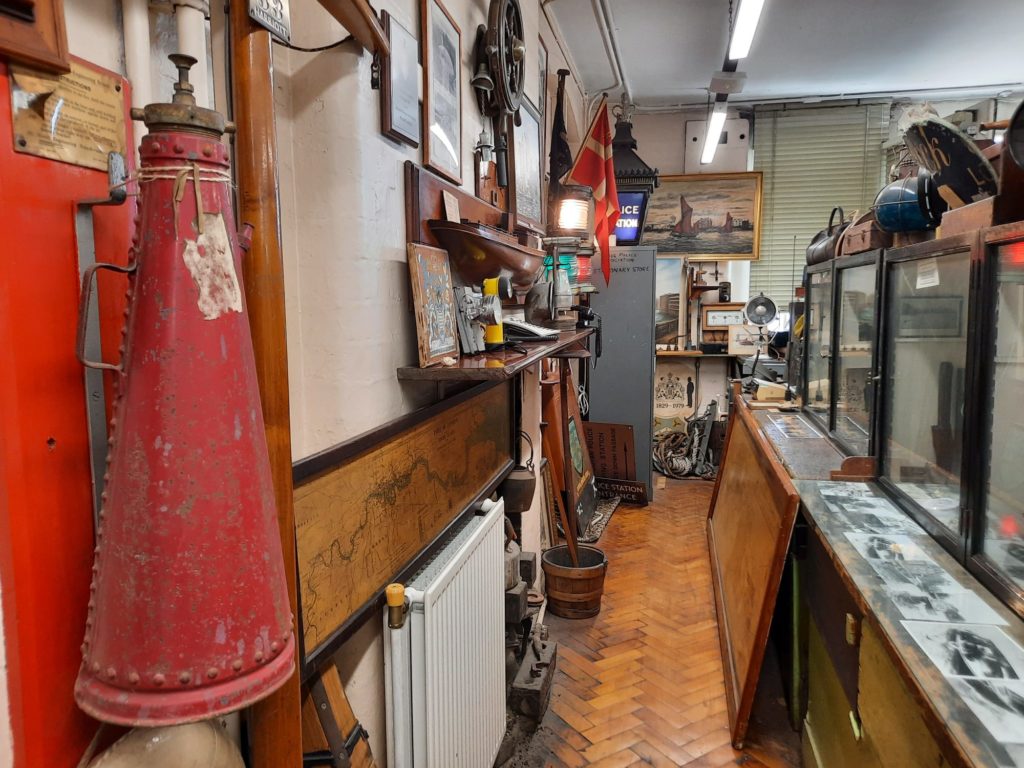

What’s In The Museum?
The Thames River Police Museum is a relatively simple affair. The former carpenter’s workshop gives a reasonable amount of space for glass display cases and items mounted on the walls. The collection covers all aspects of marine policing. There’s the history, as briefly outlined above. Then there’s the equipment. You get the feeling that a fair number of museum exhibits have ended up here after first being overlooked in the corner of an office until their obsolescence became apparent. I would place various bits of safety and communication equipment under this heading, but also things like the box to drop your leave request in. A nice reminder of the marine policeman’s life of rules and regulations.
There’s a lot dating to the 19th and early 20th centuries, but more contemporary history too. Records of pioneering female police divers, for instance. Even the Marine Policing Unit’s first mobile phone! The curators (if my information is still accurate) are John Joslin and Rob Jeffries, former officers with the unit. I love that they have allowed the museum to keep its organic feel. Objects on similar themes have gravitated towards each other, but each case is a treasure trove awaiting discovery. It feels like an Aladdin’s Cave of marine policing memorabilia. This makes it a very pleasurable type of museum to visit. And also very engaging. If you’re here with anyone else you will constantly find yourself calling their attention to various bits and bobs. Or interacting with the various museum volunteers to learn more.
This last point is an important one. Because the museum can only be visited on open days, there are generally plenty of visitors. There are also plenty of volunteers, most or all of them former officers with the unit. They are passionate about the museum and also very willing to share their personal experiences: would-be visitors should absolutely make use of this valuable resource.
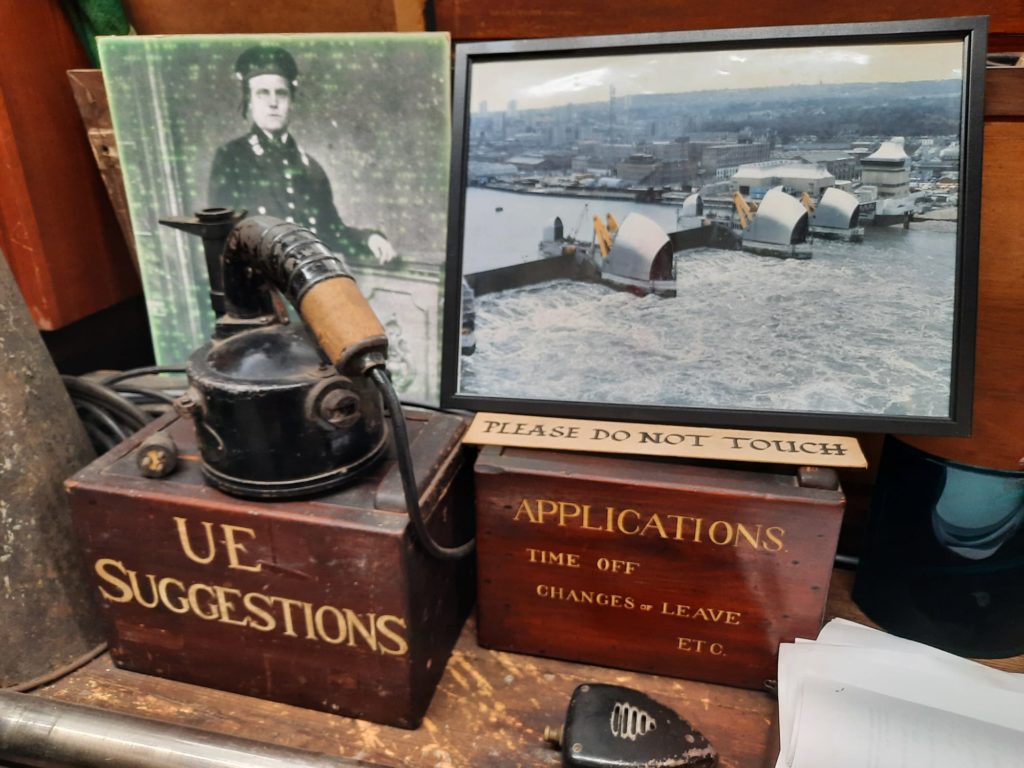
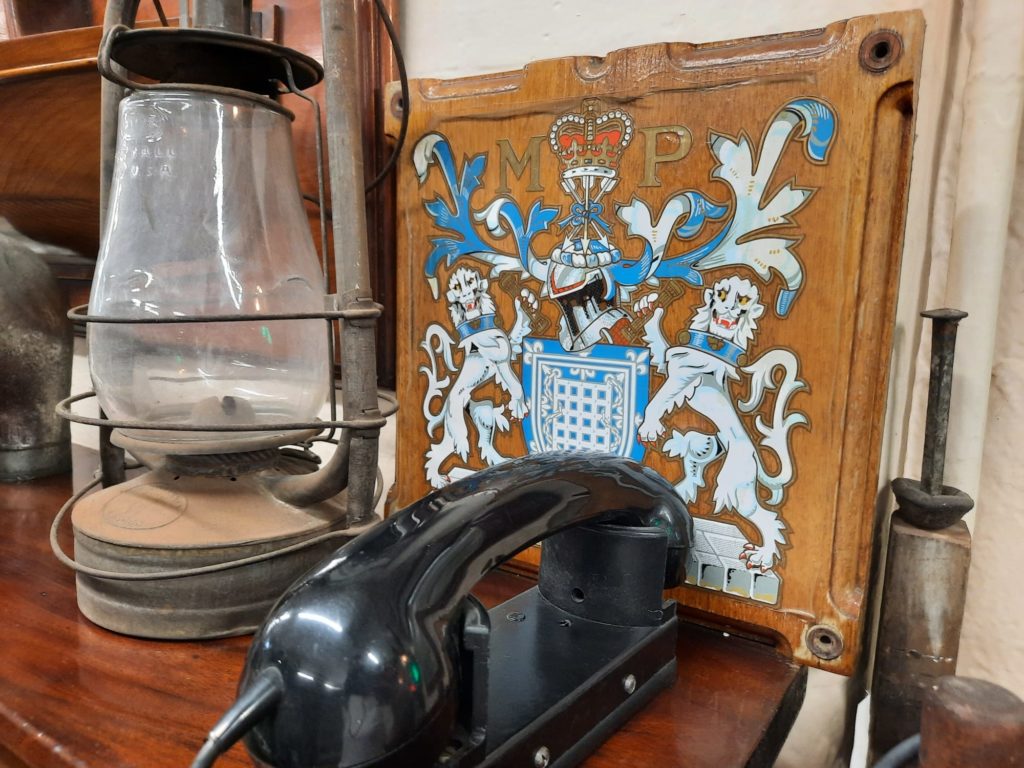

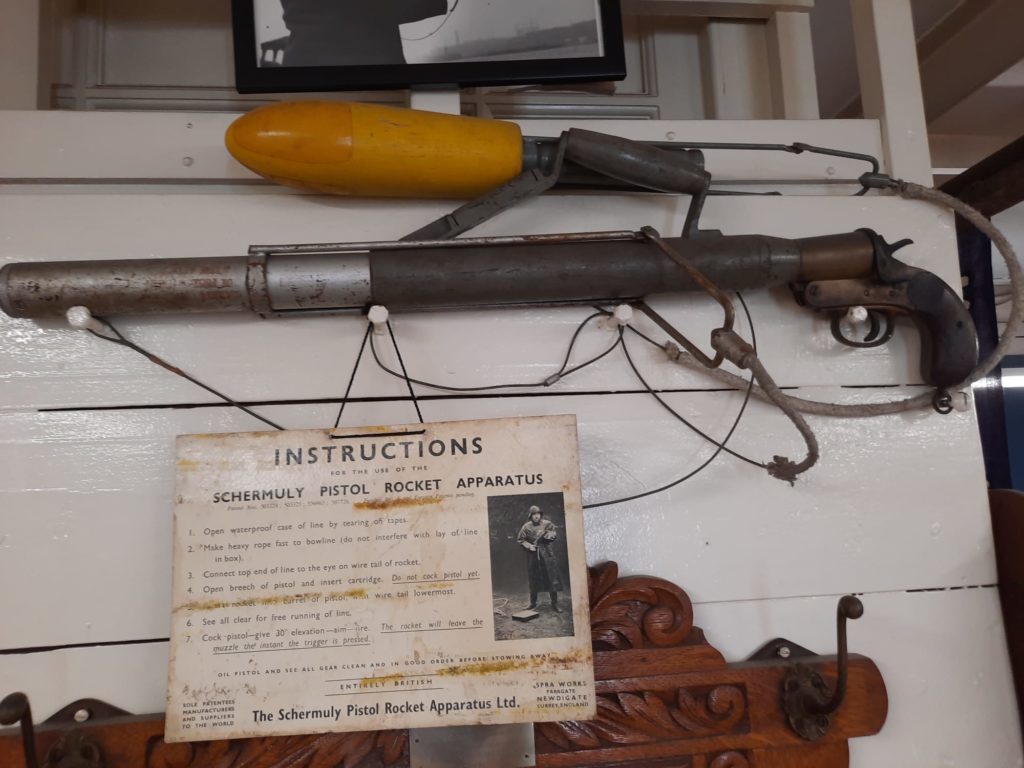


Final Thoughts On The Thames River Police Museum
I absolutely love a museum like this. I find the development and presentation of a collection like this charming. It’s put together with such obvious love, and is so interesting, that I defy anyone not to like something about it. There’s also a frisson associated with going into a normally out of bounds space and being inside the police station itself.
One thing that is very apparent is that, despite changes of name and organisation, the Marine Policing Unit has always had its own identity. The former officers, now curators and volunteers, are proud to have been part of a unit with such history and such a unique remit. I hope the museum has some sort of oral history programme to document some of their stories.
My advice is to keep an eye out for open days. I think you can technically arrange access by applying to the curators, but that feels much more intimate. Better to join the busy jostle on a day the museum has flung open its doors to the public. A visit pairs very well with an exploration of Wapping more generally: its warehouses, foreshore (tide dependent) and perhaps one of those riverside pubs.
Salterton Arts Review’s rating: 3.5/5
If you do wish to arrange access outside of open days, details can be found here.
Trending
If you see this after your page is loaded completely, leafletJS files are missing.

